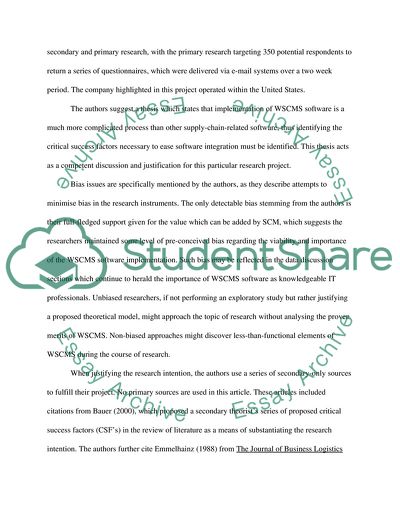Cite this document
(The Integration of Information Technologies in Contemporary Business S Article, n.d.)
The Integration of Information Technologies in Contemporary Business S Article. https://studentshare.org/information-technology/1711121-critical-review-of-journal-article
The Integration of Information Technologies in Contemporary Business S Article. https://studentshare.org/information-technology/1711121-critical-review-of-journal-article
(The Integration of Information Technologies in Contemporary Business S Article)
The Integration of Information Technologies in Contemporary Business S Article. https://studentshare.org/information-technology/1711121-critical-review-of-journal-article.
The Integration of Information Technologies in Contemporary Business S Article. https://studentshare.org/information-technology/1711121-critical-review-of-journal-article.
“The Integration of Information Technologies in Contemporary Business S Article”. https://studentshare.org/information-technology/1711121-critical-review-of-journal-article.


